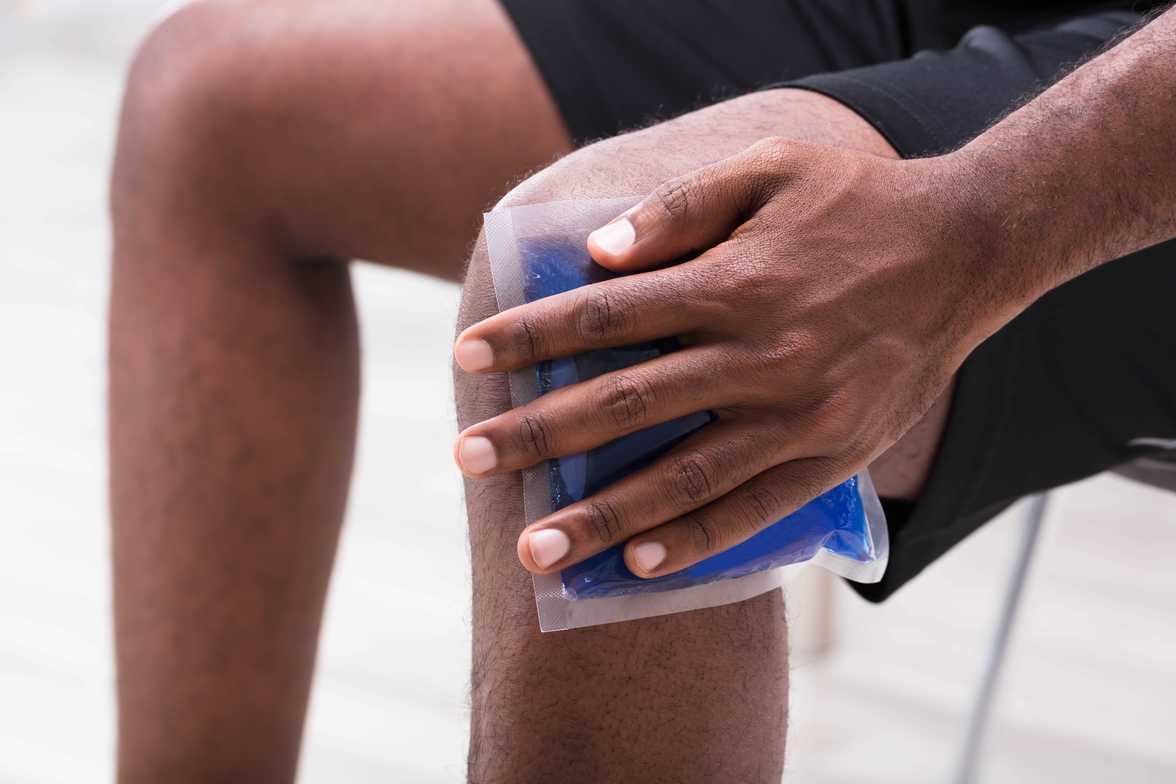
Research suggests that there are several different protocols that can be effective in lowering inflammation and speeding up the recovery of an injury.
In some cases, ice and heat are not sufficient. If an injury has become infected or it’s extremely painful, you might need to go to the doctor to get appropriate prescription medications. Your doctor may provide you with a more specific treatment protocol alongside your medications.
Depending on the type of injury you have sustained, you may be better off following a specific treatment protocol. But the question remains ‘do I use ice or heat?’
Let’s answer this question and more so that you will know exactly what to do next time you get hurt.
For Acute Injuries
If you have an acute injury (one that has occurred very quickly and is under six weeks old), you should avoid using heat on the area. This is especially important within the first few days of the injury.
Applying a hot pack may make the area even more inflamed and sore than it already is possibly worsening the injury. However, in some cases, alternating between ice and heat might be more beneficial for your specific injury. This is something that your healthcare professional will be able to discuss with you.
So, if you have an acute injury, the best thing to do is to grab an ice pack or a frozen bag of peas from the freezer and gently press it against the injured area. The ice-cold temperature will cause the blood vessels in the area to constrict, which reduces inflammation, bruising and swelling.
Although applying ice might feel slightly painful or unenjoyable in comparison to a hot pack or heating pad, it is the better option in this instance. It is also quite effective in relieving pain. It is important to note that a moldable ice pack should be placed in a pillow case before applying to your skin. Ice from the freezer should be wrapped in a damp towel and some mineral oil applied to the skin before ice application. This prevents skin damage due to the cold. An application time of 10 to 15 minutes should suffice in most instances.
For Chronic Injuries
Injuries that you have had for more than six weeks are considered chronic. In this instance there should not be any significant swelling present and pain should be manageable. At this stage, you can use heat.
Using heat will help to increase blood flow into the area therefore increasing the nutrients and oxygen needed for repair of injured tissues. Once the inflammation has subsided, the heat will also assist in removing chronic swelling. The heat will also help your muscles to relax, which reduces tension in the muscles and joints and accompanied tenderness around the injured area.
Because heat relaxes the muscles and tissues around the injury, it can increase joint mobility and make it easier for you to continue moving around as much as possible. However, it’s important not to start doing anything too strenuous with your joint if it is still slightly swollen and tender.
What Else Can You Do For Injuries?
Alongside using ice and heating pads/hot packs, you may be prescribed a gentle exercise program or a series of stretches to do each day. Regular movement can help to improve blood circulation to the area, increase the flexibility of the tissues and this can promote a faster recovery.
If you’re experiencing pain, give our office a call. We can help you identify the culprit and start a treatment plan that will get you back on track.



